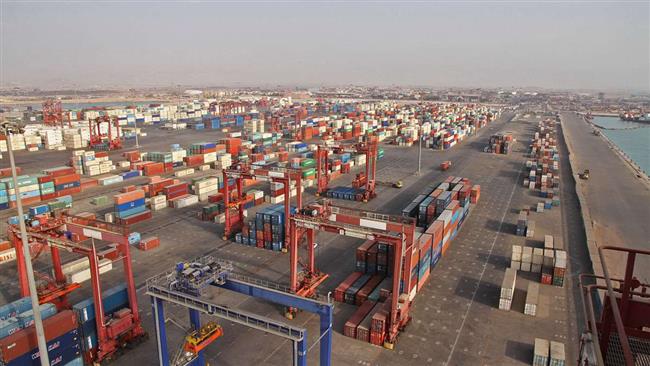
Iran’s gross domestic product (GDP) will grow five percent in 2016-2017, thanks to a solid foundation built to cope with exclusion from the global financial system, Moody’s said in an e-mailed research note Monday.
According to Bloomberg citing Moody’s Investors Service, international sanctions against Iran over its nuclear program appear to be benefiting its economy as decades of restrictions have made it adapt to low oil prices more quickly than other crude exporters.
Removal of sanctions as part of a nuclear agreement reached last year will grant Iran access to about $150 billion in its frozen foreign assets, which will be spent on reviving the country’s aging infrastructure, the report said.
The country also will regain access to the international payment system, lowering trade and financial costs.
“International sanctions meant that Iran had to adapt to the reality of lower oil revenues and implement structural reforms much earlier than other oil-exporters,” Atsi Sheth, an associate managing director at Moody’s, said in a statement. “Most other oil-dependent sovereigns are only just beginning to consider structural fiscal reform.”
In addition, after 2012 Iran’s tax policies and measures to curb fuel subsidies to bring prices closer to market levels made the economy more resilient, it added.
“Since 2013, a combination of prudent policies, including increasing sources of non-oil revenues to pay for higher capital expenditures, combined with partial sanctions relief following the interim nuclear agreement led to a recovery, with real GDP growth at 4.3% in 2014,” Moody’s said in the report.












